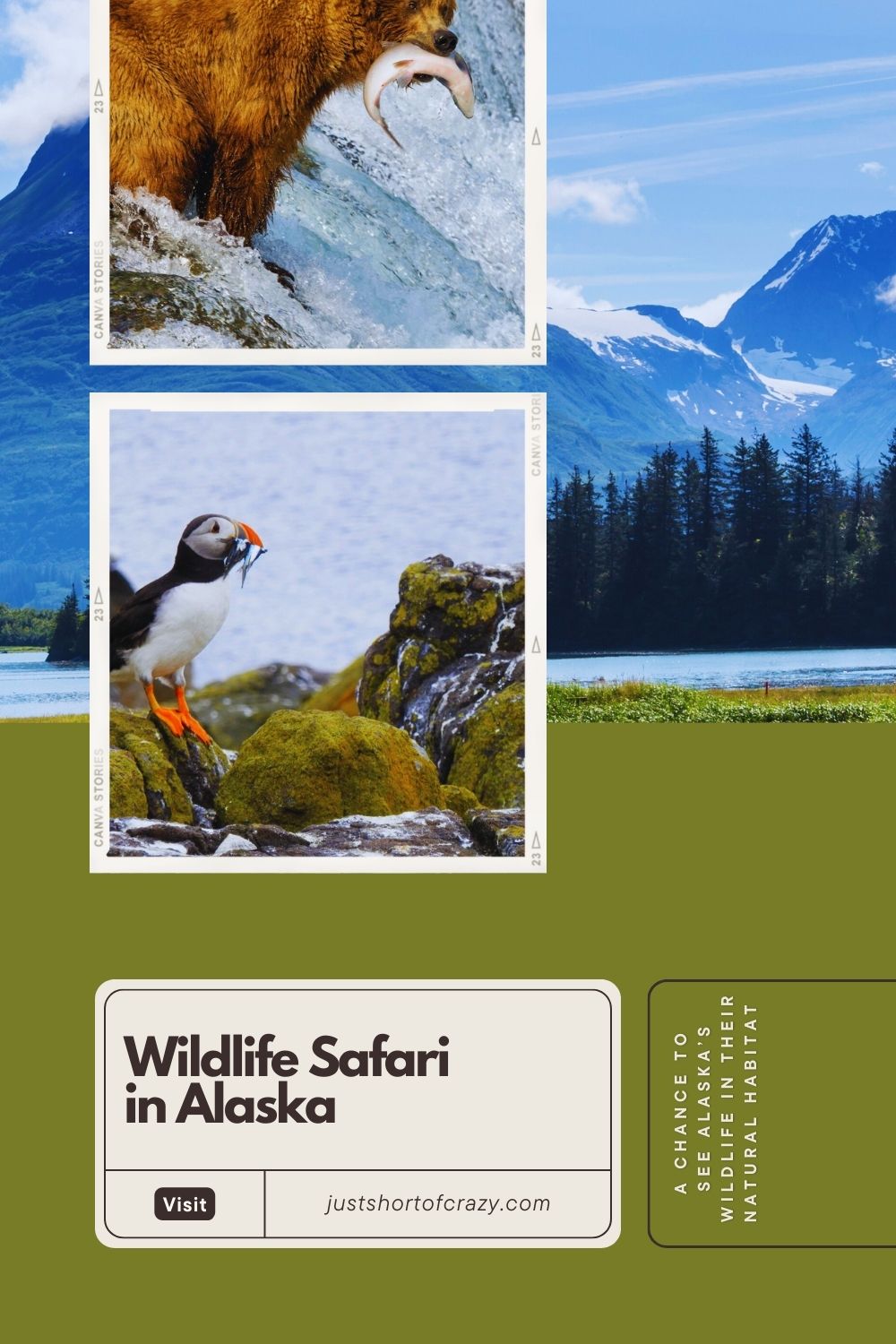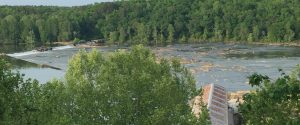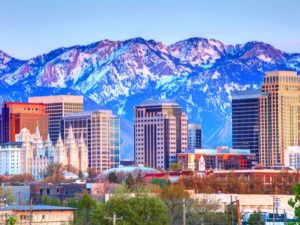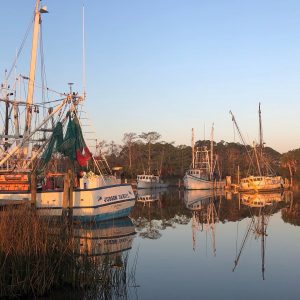Wildlife Safari in Alaska: A Chance to See Alaska’s Wildlife in Their Natural Habitat
This post and its photos may contain affiliate links, view our disclosure policy.
Superlatives try to do Alaska justice by capturing its splendor, but they rarely succeed. Nevertheless, it is part of the Ultimate Alaska Wildlife Safari.
It will lead you further from the busiest tourist paths to experience a true Alaskan forest adventure with the assistance of a few of Alaska’s top ecological guides.
On this safari, you will witness the wolf and grizzly bear-filled tundra in Denali’s innermost, most tranquil region.
During a customized chartered boat tour in the Kenai Fjords, you can approach the glacier’s face up close and search for whales and otters amid the icebergs. Witness enormous brown bears fishing for salmon at the Brooks River’s side in Katmai National Park.
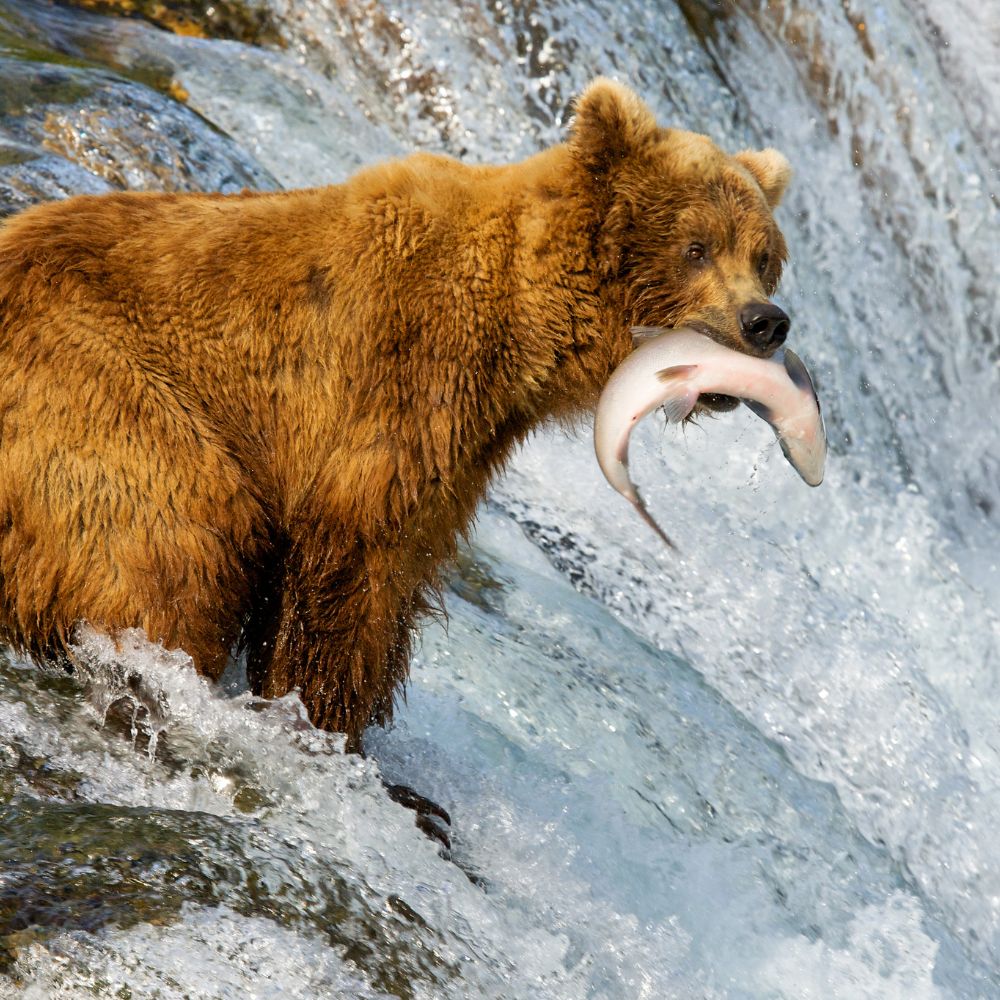
Alaska “less explored” has never been larger, wilder, or more captivating than it is now. You must experience its wildlife in their natural habitat yourself!
Here are only a few of the top Alaskan species, along with where you may view them, as it’s impossible to list all of Alaska’s animals in this post.
Wildlife Safari in Alaska – Alaska’s Wildlife in Their Natural Habitat
Brown bears
Brown bears are considerably bigger and distinct than black bears when placed next to one another. The bigger hump on brown bears’ backs and the more petite form of their ears help to differentiate them from black bears, notwithstanding the reality that both species may vary in color from black to light brown.
Brown bears can be found all around Alaska, and it’s easier to identify their absence than their existence.
They’re not to be found on the territory of the Aleutian Chain, the territories of the Bering Sea, or the areas in the Inside Passage, which is located south of Frederick Bay. Taking an Alaska cruise from Seattle will help you spot brown bears in their natural habitat.
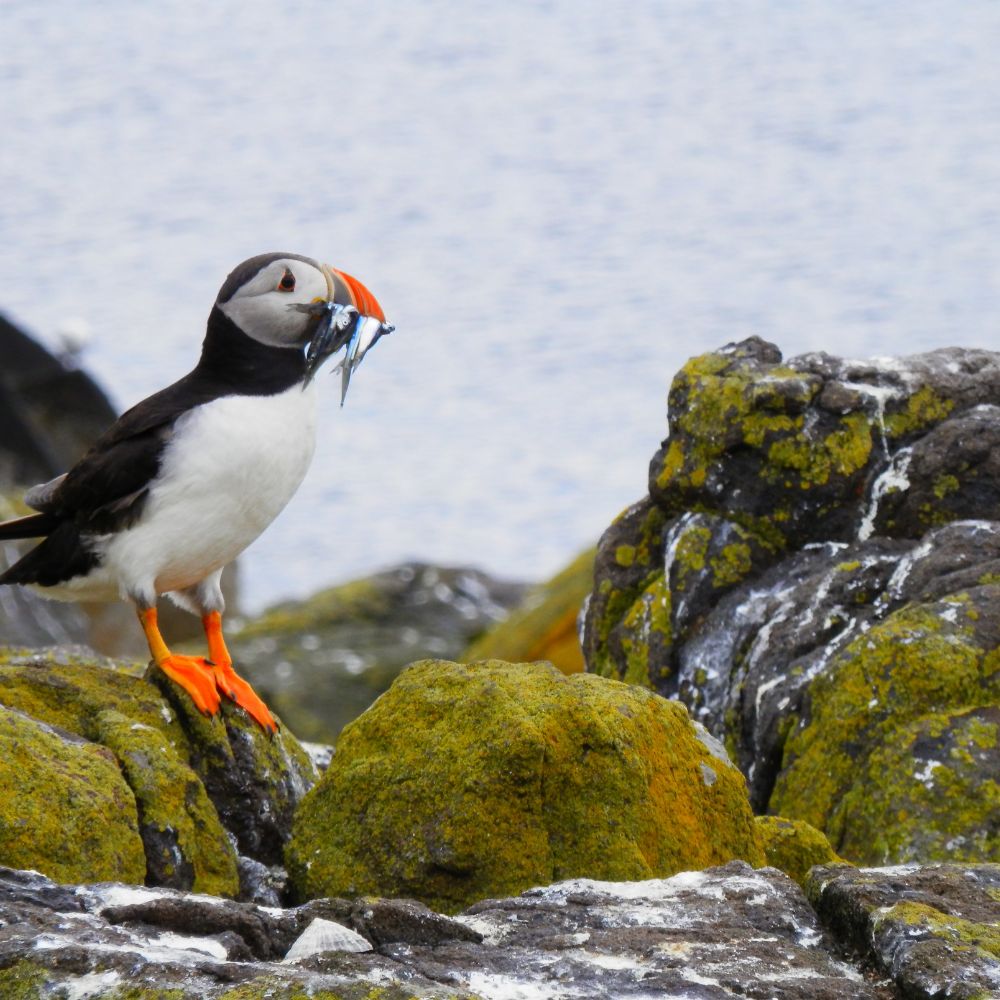
Puffins
One of the most recognizable seabird species in shoreline Alaska is the puffin. The black-and-white-colored webbed toes of the tufted puffin and the horned puffin, two species that can be observed in Alaska, have brilliant orange beaks. Due to their coloration, early mariners referred to them as “sea parrots.”
The Alaska SeaLife Center in Seward, a facility for the assistance, treatment, and training of wildlife, enables visitors to observe puffins along with other seabirds as they plunge to the bottom within their multi-level habitat for food.
Puffins have been constructed for swimming underwater instead of flying. Near the coast, puffins can be seen in Southcentral Alaska, the Inside Passage, and Southwest Alaska.
Caribou
Being a part of the deer family, caribou resemble their near relatives, the reindeer, in appearance. Caribou are prevalent in the tundra and forests of the Arctic, Southcentral, Interior, and Southwest regions of Alaska.
The region is home to 32 separate herds of caribou comprising 750,000 animals, some of which number over 200,000. The finest places to see caribou are the Denali National Park & Preserve, Kobuk Valley National Park, Arctic National Wildlife Refuge, and Gates of the Arctic National Park.
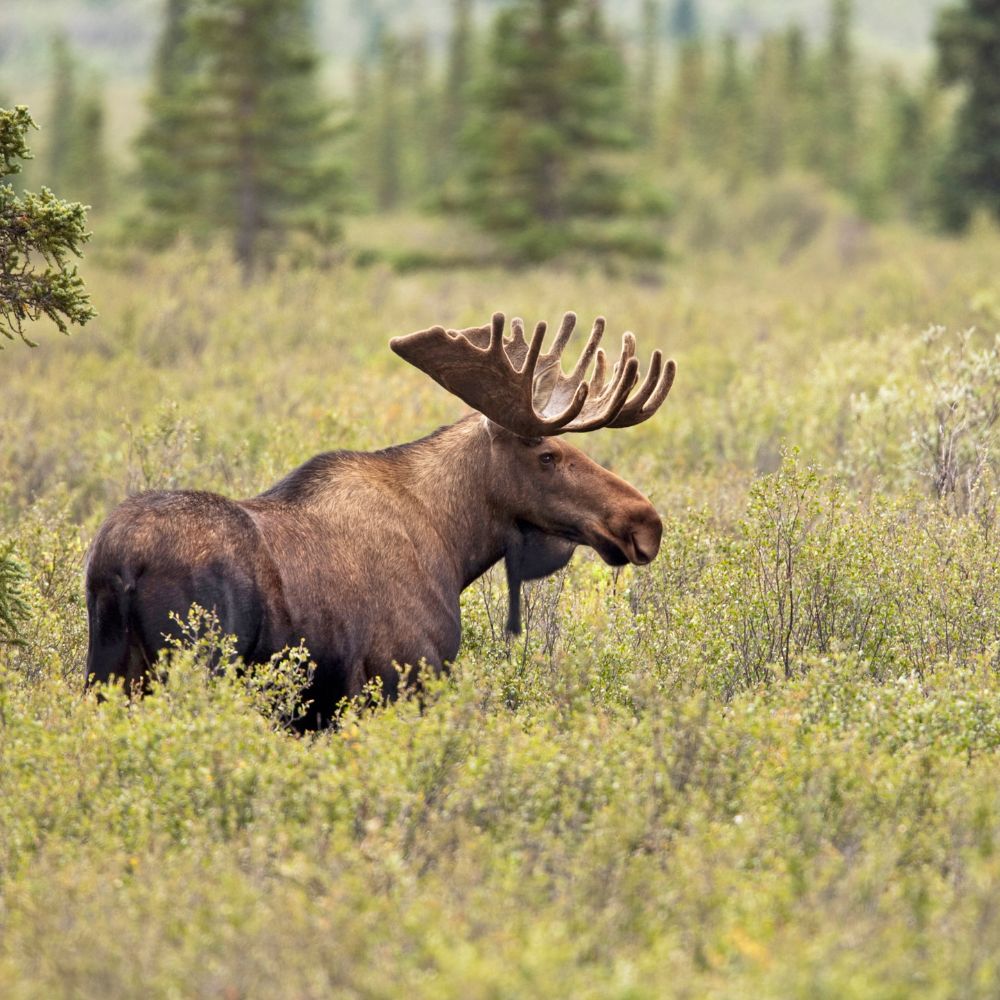
Moose
In Alaska, moose are among the most prevalent picture subjects, and numerous tourists are shocked by their size. Male moose, sometimes known as bulls, can reach weights of 1,600 pounds and heights of over 6.5 feet at the shoulder.
Infants, known as calves, typically walk within a day after birth despite having awkwardly long, spindly legs. When a baby moose is born, it weighs about 30 pounds, but in a period of time they can gain an additional 300 pounds or more.
The largest population of moose in the world may be found in Alaska, which is known as one of the largest species of the deer group.
They have the greatest number in the Southcentral and Interior areas and encompass the Inside Passage all across and up to the Arctic. They can be observed in towns like Anchorage and Fairbanks despite frequently being sighted in remote places.
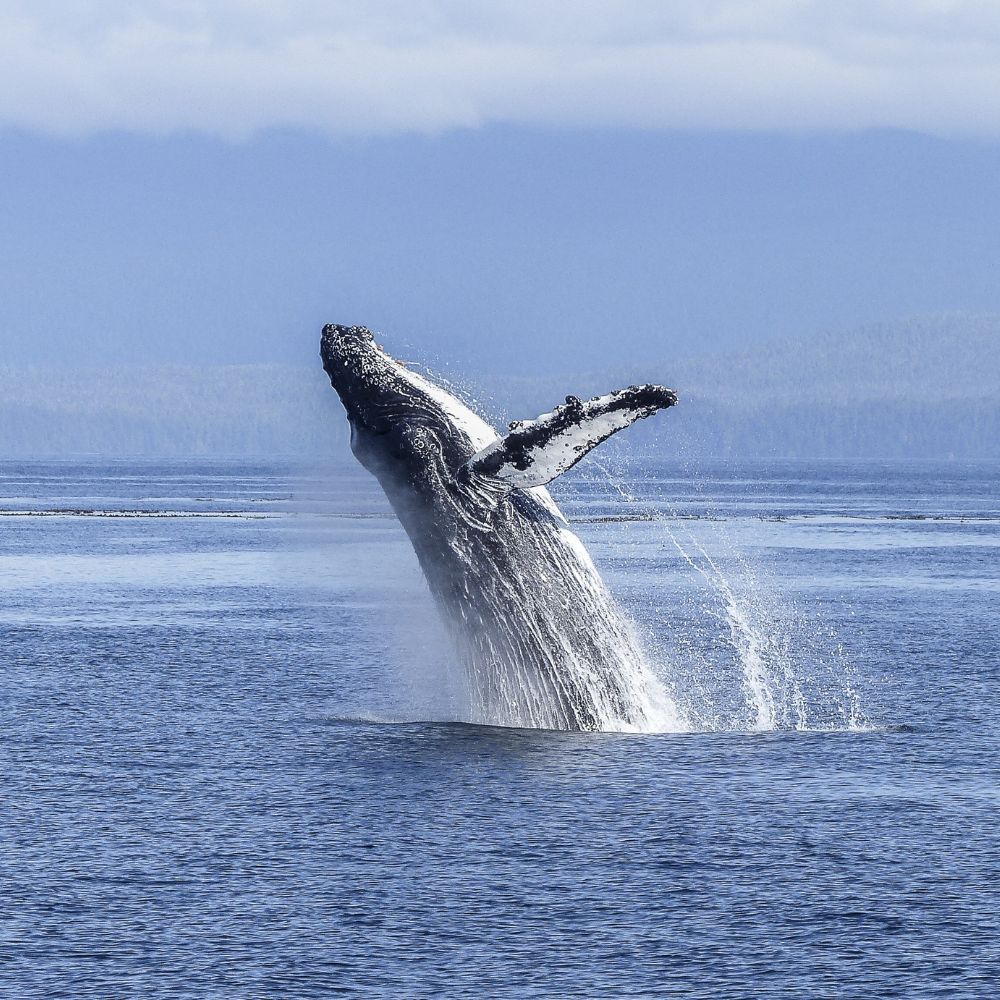
Humpback whales
In Alaska, humpback whale sightings are frequent during the summer. Humpback whale “flukes,” or tails, exhibit distinctive designs that allow for the identification of specific whales. In order to graze in Alaska’s rich waters of nutrients during the summer, humpback whales commute there from the warm oceans of Hawaii in the winter.
The South Central, Inside Passage, and Southwest divisions’ shoreline regions are the best areas to look for humpback whales.
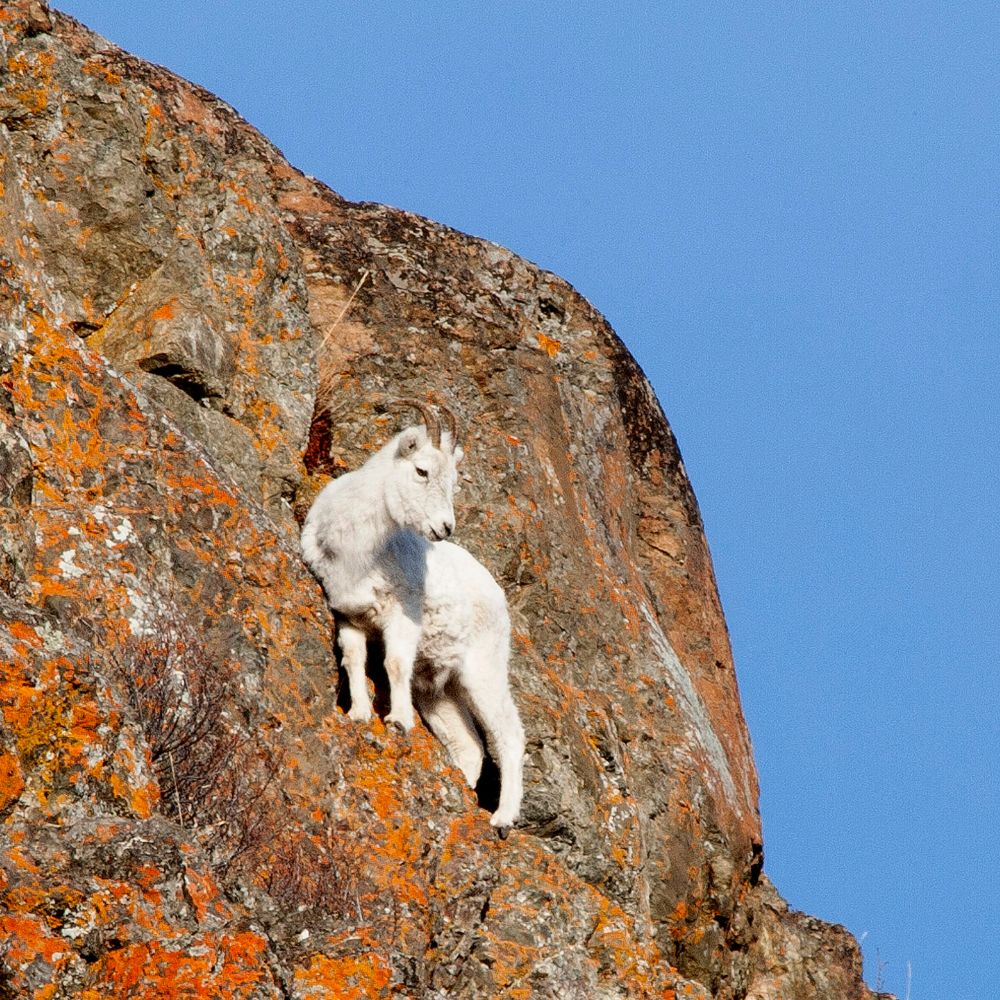
Dall Sheep
Dall sheep are identified by their curved horns. Dall sheep males, or “rams,” can develop exceptionally massive racks known as “a treasure trove curls,” which are horns that turn completely around. Dall sheep have horns on their heads, while the females (known as ewes) have smaller horns.
They can easily ascend rocky, challenging terrain because of their agility. Along the Seward Highway south of Anchorage is among the most well-known locations for spotting Dall sheep. They can be seen in many other areas but not typically within proximity to a busy road.
Head off the main path to explore the remote wilderness of Alaska (being one of the best destinations in the world) with some of the best wildlife experts in the country in pursuit of excitement, breathtaking scenery, and once-in-a-lifetime wildlife sightings.
While visiting several of Alaska’s well-known tourist destinations, the wildlife route provides a unique and close-up viewpoint. You will definitely encounter these species while on a wildlife expedition in Alaska.
Pin To Pinterest
